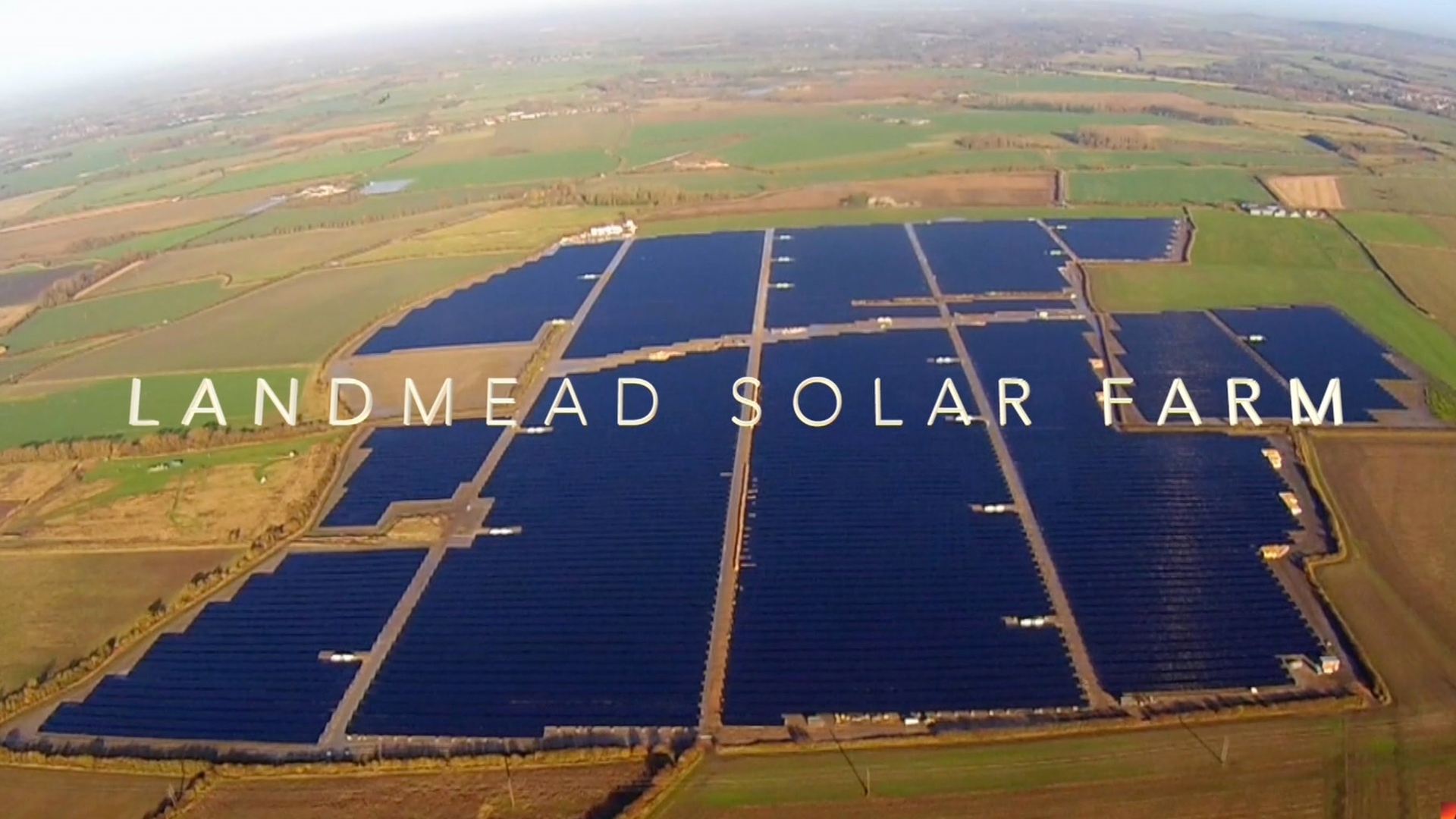Technologies Set To Transform The Energy Industry

As traditional fuels are phased out, the need to provide sustainable energy offers a huge opportunity to develop and invest in smart technologies according to a whitepaper from Frost & Sullivan and Hitachi.
Across the world, the need for a secure, stable and affordable energy supply continues to sharply rise. According to a whitepaper from Frost & Sullivan and Hitachi, global energy demand is set to increase by 55% by 2040. Cities consume 75% of global energy and with these only set to expand, the energy industry is faced with a significant challenge: how does it meet this demand without harming the environment?
An answer to this lies in Social Innovation, whereby new technologies and business models are leveraged across the energy industry to improve efficiency and sustainability. In doing so, this allows governments, businesses and individuals to satisfy the ever-increasing demand for energy whilst simultaneously minimising the impact on the environment.
As traditional fuels are phased out, the need to provide sustainable energy offers a huge opportunity to develop and invest in smart technologies which can be used in the generation, distribution, consumption and management of energy. Increasingly effective renewable energy, alongside the integration of data into energy grids and management systems, are all examples of innovative technologies which are helping to provide cleaner and more efficient energy, reducing emissions whilst meeting rising demand. People are increasingly producing more of their own energy via renewable means, such as solar panels and wind turbines. This is giving people more control over their energy. The creation of microgrids is enabling people to disconnect themselves from the power grid and operate autonomously off their own local energy generation, offering them more energy independence. The installation of solar panels, for example, gives the home owner exclusive control over their home generated solar energy and the power to decide whether to consume it or feed it back into the grid. Smart grids and microgrids are reducing energy costs whilst being more environmentally friendly.
Energy storage is increasingly important in this transition towards renewable energy. Hitachi's CrystEna is an example of an energy storage technology which will help to speed up the transition towards renewable energy and a lower carbon future. CrystEna's design and connectivity means that it helps to regulate energy frequency and also has the flexibility to change control software. This allows it to facilitate other key energy applications, such as Demand Response Models and Smart Grids. Energy storage is just one technology which is transforming the wider energy industry. Here we look at other technologies which are vital in enabling the integration of renewable energy into smart systems:
Smart Grids and Demand Response Models
Smart grids demonstrate in practice how digital intelligence is transforming the energy industry and driving energy efficiency. Smart grids are powered by demand response (DR) models, which enable a real-time analysis of customer demand trends. The digital intelligence integrated into these models allows them to autonomously react to energy demand and adjust distribution of energy accordingly. For example, if at a certain point of the day the DR model detects a low demand for energy, it will lower the amount of energy it is distributing.
DR models enable smart grids to control energy demand more efficiently and distribute energy more effectively. The ability of this model to adapt to our needs demonstrates how big data can contribute to energy savings. DR models are set to transform how we manage our electricity, with an expected investment, predicted by a whitepaper on Social Innovation in Energy by Hitachi and Frost & Sullivan, of $10 billion in DR programs by 2020, as they help countries reach their emission targets whilst contributing to providing cleaner and more efficient energy during peak times.






























